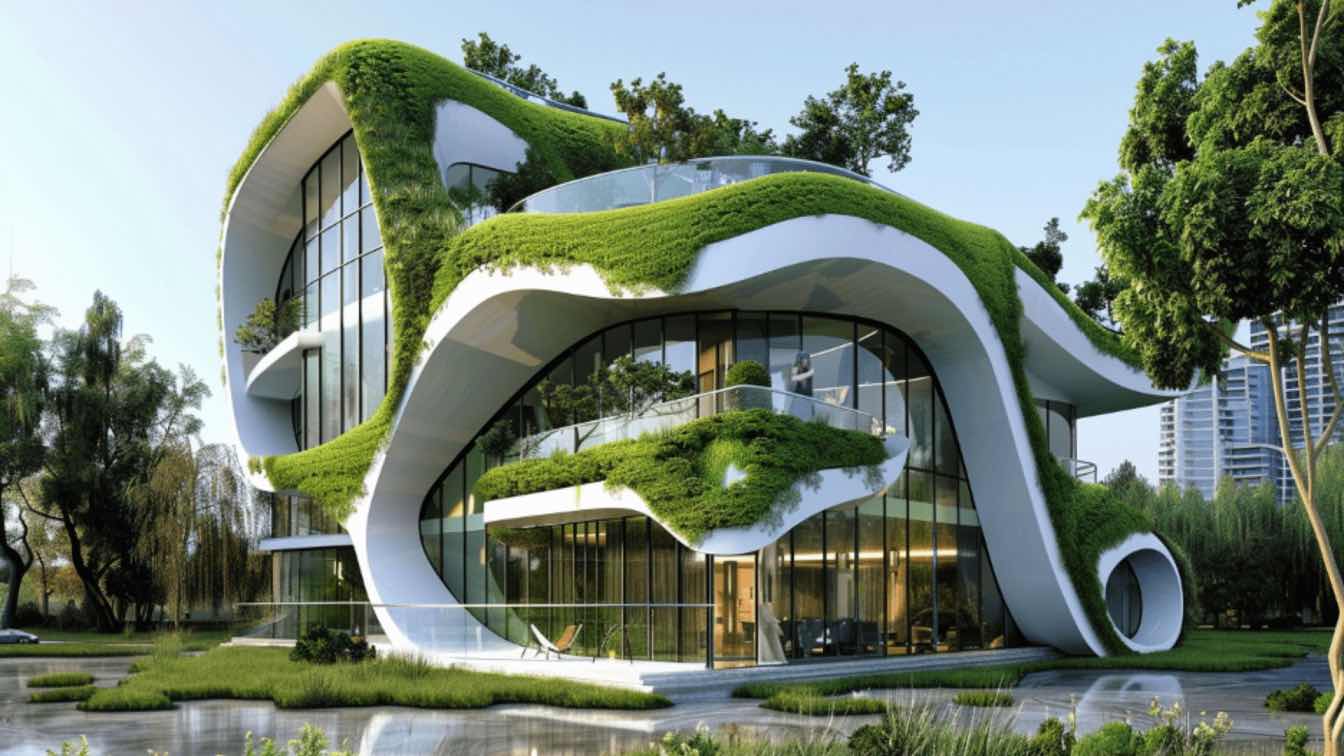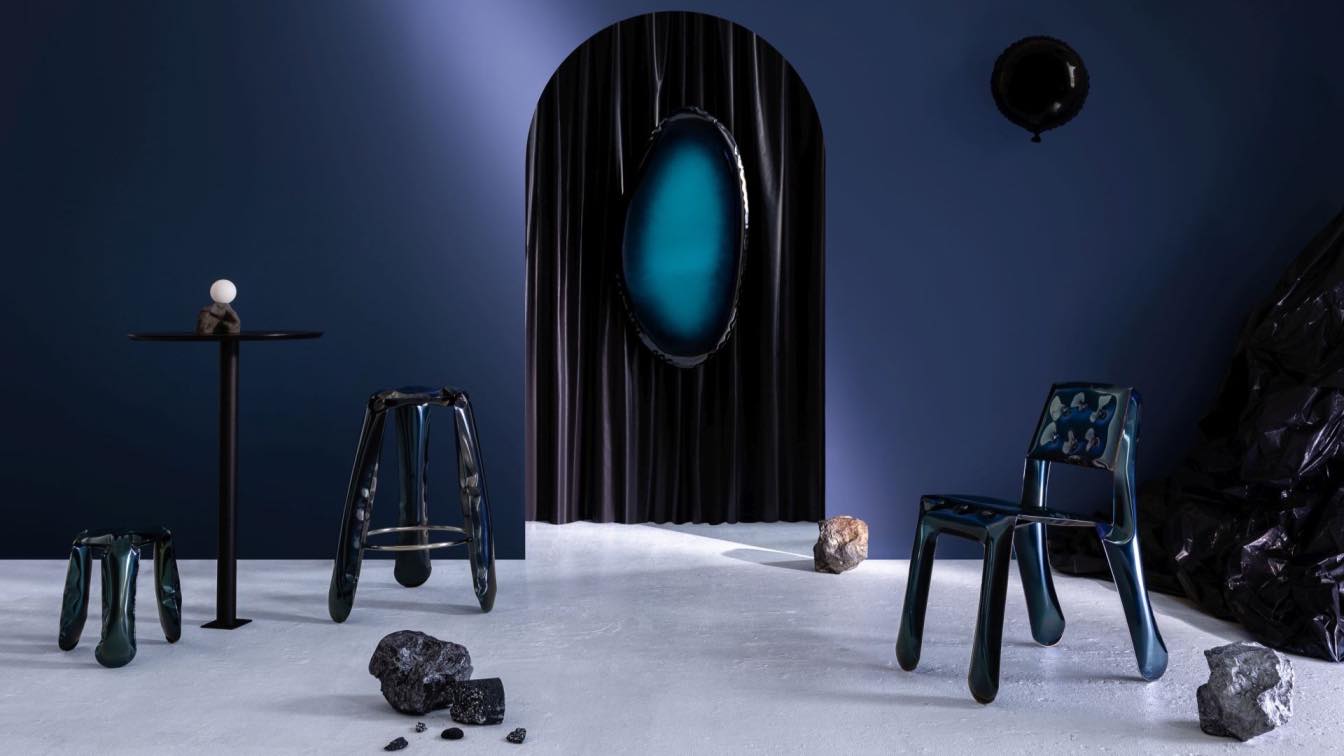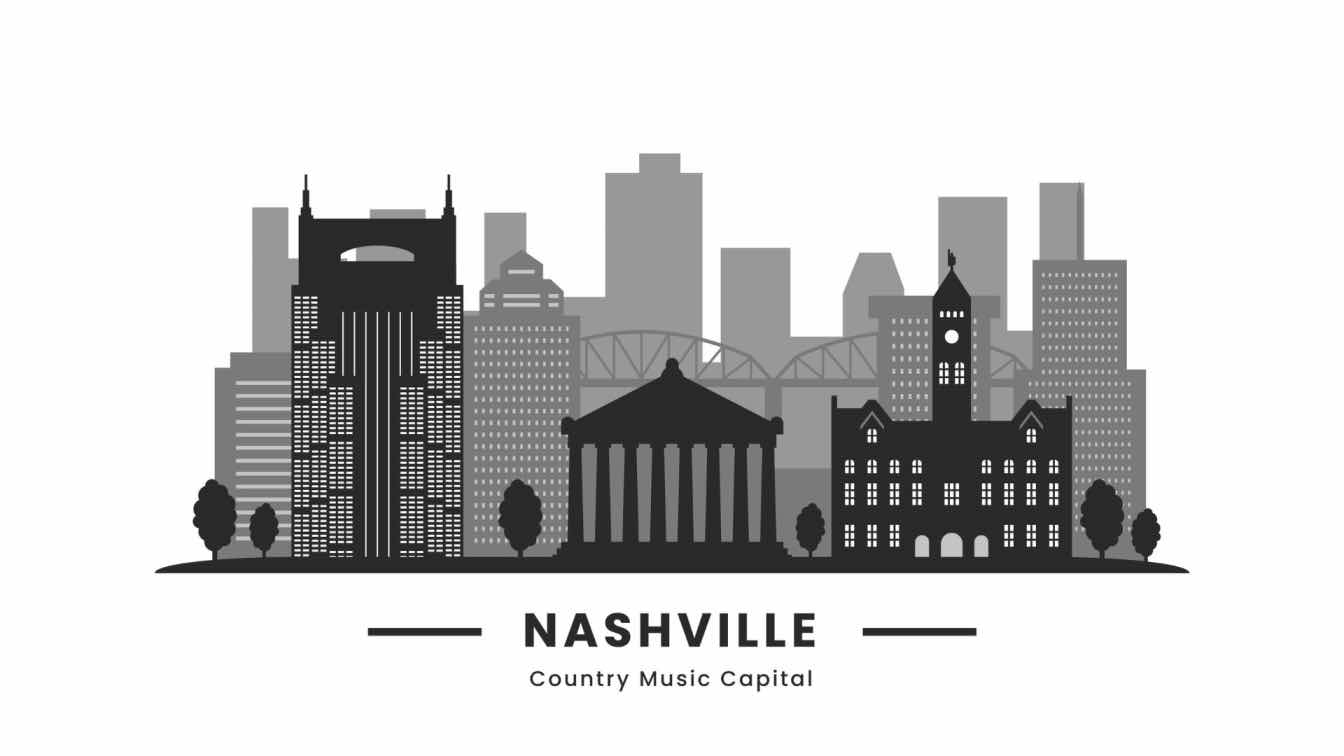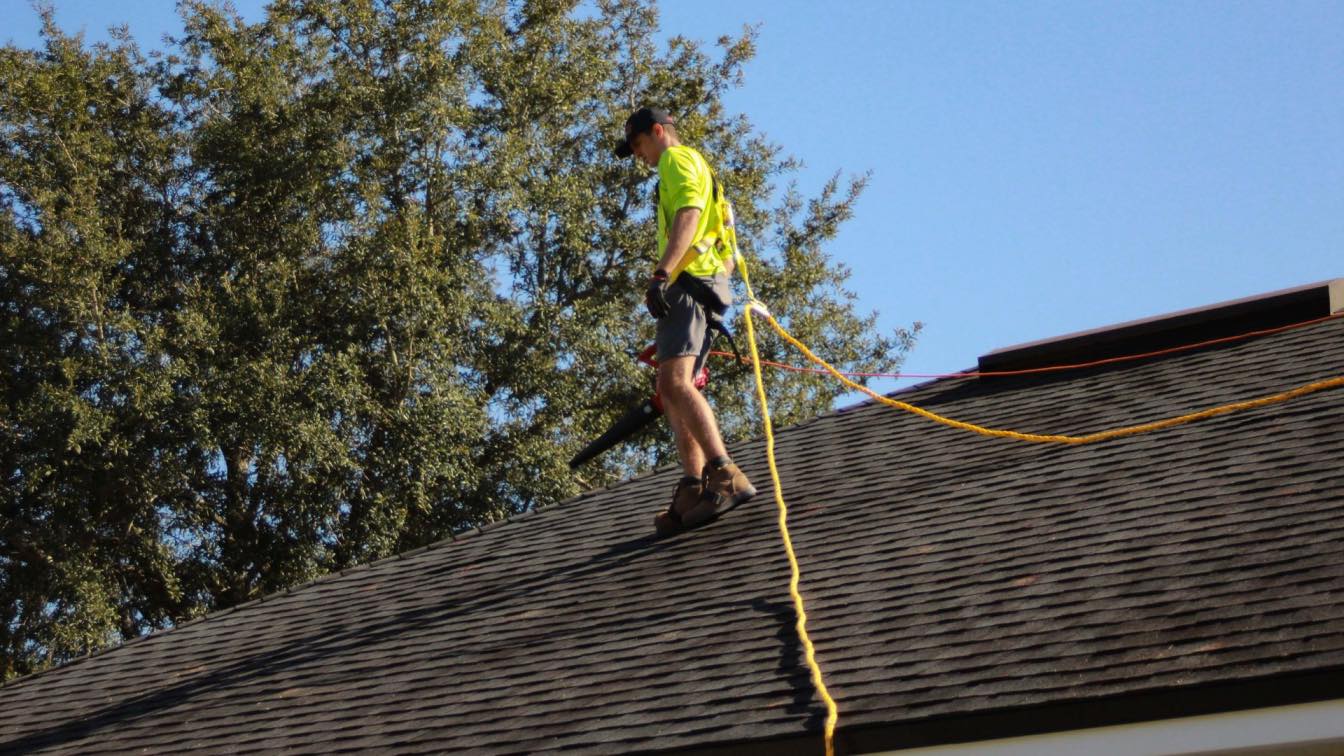As we approach 2025, architectural design is transforming rapidly, driven by advancements in technology, a growing emphasis on sustainability, and changing societal preferences. This article delves into the leading architectural trends shaping the future, from smart city innovations to minimalist aesthetics. Each trend reflects a collective effort to address environmental concerns, improve urban living, and embrace innovative practices.
Smart Cities
Urban areas are embedding innovative digital infrastructure to enhance connectivity, efficiency, and the quality of life for residents. This includes sensors, data analytics, and Internet of Things (IoT) devices that enable cities to monitor and manage resources effectively. These technologies optimize traffic flow, reduce energy consumption, and ensure seamless communication between systems.
Smart cities prioritize eco-friendly designs by integrating green spaces and energy-efficient buildings. The concept of "emotional design" is gaining traction, focusing on spaces that promote well-being and foster a connection to nature. Urban planners are leveraging these principles to create harmonious environments that benefit both people and the planet. NEWSWEEK highlights the role of emotional design in making cities more livable.
Minimalist Designs
Minimalist architecture is defined by clean lines, open spaces, and reduced clutter. This design approach combines aesthetic appeal with functionality, aligning with the growing preference for sustainable and efficient living spaces. By prioritizing purpose over excess, architects create homes and buildings that are both elegant and practical.
The use of wood, stone, and metal enhances the connection to nature and promotes sustainability. Architects are focusing on high-quality, durable materials to ensure that spaces are inviting and environmentally friendly. ACDESIGN underscores how natural materials contribute to minimalist aesthetics while fostering sustainability.
Sustainable and Green Design
Architects are championing net-zero buildings that produce as much energy as they consume. These structures leverage renewable energy sources and state-of-the-art energy-efficient systems to minimize environmental impact. This approach aligns with the global push for sustainability and the reduction of operational costs. VARISCO DESIGN BUILD GROUP emphasizes how net-zero designs are reshaping modern architecture.
Repurposing existing buildings for new functions is a key trend in sustainable design. Adaptive reuse reduces environmental impact, preserves cultural heritage, and supports resource efficiency by minimizing the need for new construction materials. According to VARISCO DESIGN BUILD GROUP, this practice is vital for achieving long-term sustainability goals.
Active Advocates
Leading firms are at the forefront of these trends, incorporating smart technologies, minimalist aesthetics, and sustainable practices into their projects. SANAA’s design of Alaïa's flagship store in Paris is a prime example, displaying minimalist design principles with soft, sculptural forms and a focus on natural light. ARCHITECTURAL DIGEST highlights how firms like SANAA are redefining architecture.
City planners are embracing smart city concepts to create sustainable urban environments. By integrating technology and green spaces, planners aim to improve the quality of life for residents while addressing environmental challenges. NEWSWEEK highlights the critical role of urban planners in shaping future cities.
Public Perception
There is a growing appreciation for designs that prioritize sustainability. Homeowners and communities value eco-friendly materials, energy efficiency, and spaces that promote well-being. The shift toward minimalist and sustainable designs reflects a societal move toward environmental consciousness and harmonious living spaces.
Minimalist designs resonate with individuals seeking functional and aesthetically pleasing spaces. By reducing clutter and focusing on essential elements, minimalist architecture offers a sense of clarity and calm. ACDESIGN notes that this trend aligns with changing lifestyle preferences.
Technological Advancements in Design
AI is revolutionizing architecture by enabling precise simulations, optimizing designs, and predicting the performance of materials. This technology supports architects in creating efficient and sustainable structures that cater to diverse needs. Much like finding the best PrizePicks today, architects can leverage innovative tools to make informed decisions that lead to optimal results.
Virtual reality allows clients to experience architectural designs before construction begins. This immersive technology improves decision-making and ensures that projects meet expectations. By embracing VR, architects can refine their designs and enhance client satisfaction.
Economic Implications
While sustainable materials and technologies may have higher upfront costs, they offer long-term savings through reduced energy consumption and maintenance. Architects and developers are emphasizing these economic benefits to encourage sustainable practices.
The rise of green architecture is driving job creation in sectors like renewable energy, sustainable construction, and environmental consultancy. By adopting eco-friendly practices, the architectural industry is contributing to economic growth and environmental stewardship.
Architectural trends for 2025 highlight a collective shift toward sustainability, innovation, and simplicity. From smart city developments to minimalist designs and net-zero buildings, these trends reflect a deep commitment to addressing environmental challenges and enhancing quality of life. By integrating advanced technologies and sustainable practices, architects are shaping a future that prioritizes both functionality and aesthetics.





